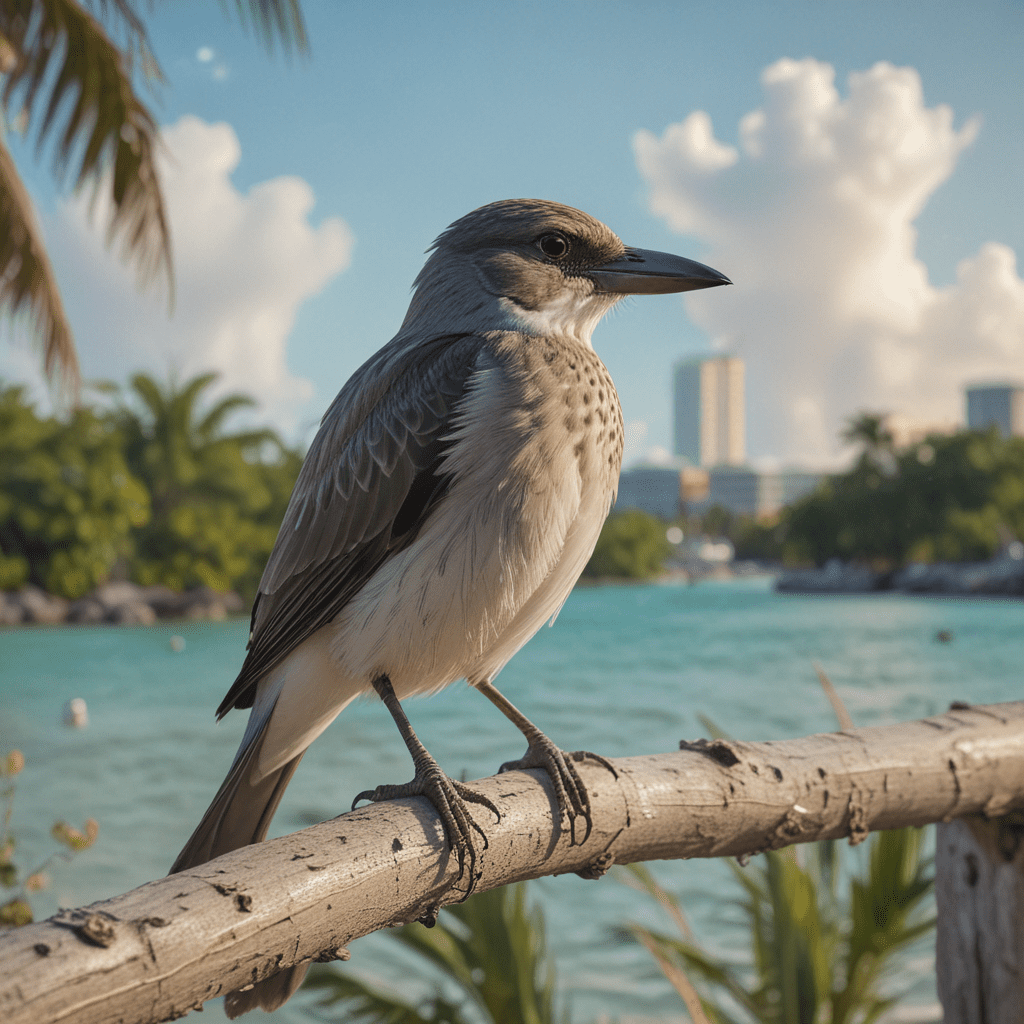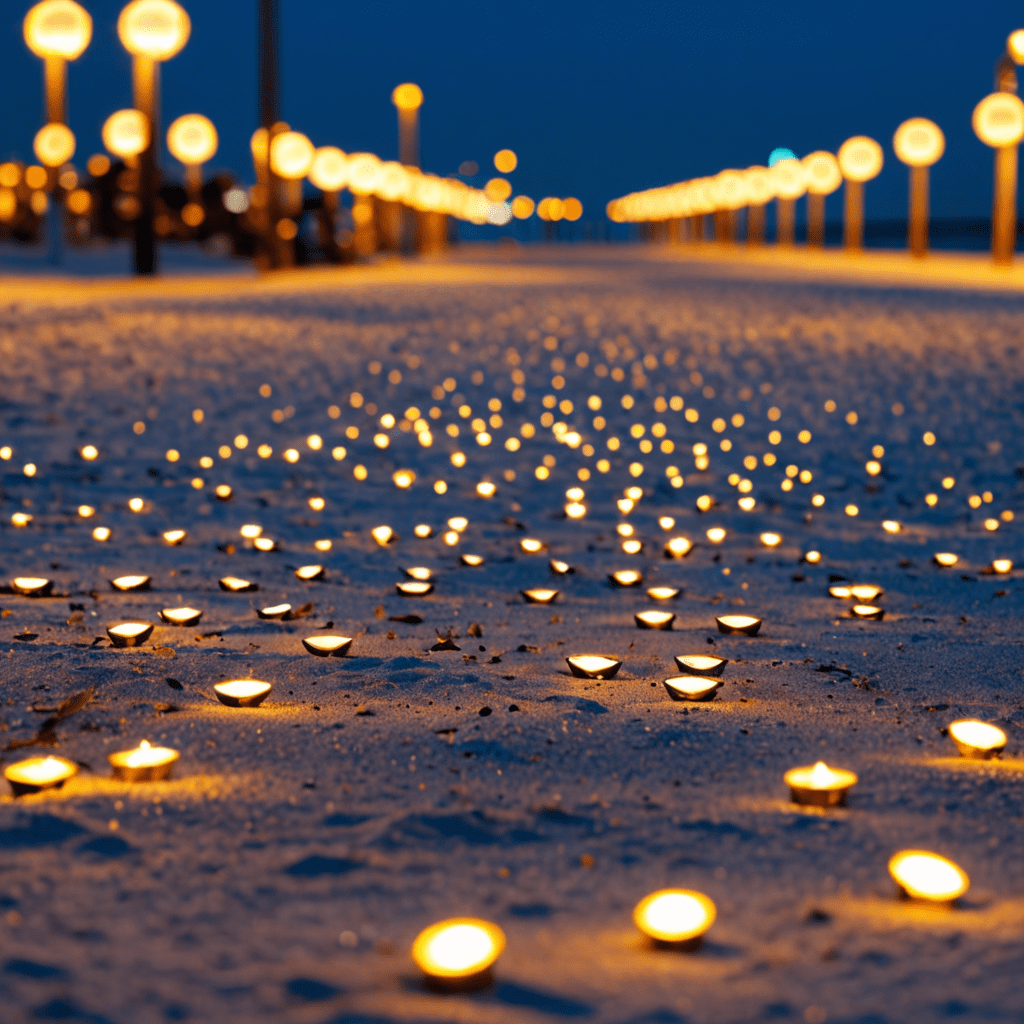
Bird Watching in the Bahamas
The Bahamas, an archipelago of 700 islands and cays, is a haven for birdwatchers, offering a diverse array of avian habitats and an abundance of birdlife. From the vibrant wetlands of Inagua National Park to the pristine shores of Bimini Islands and the lush forests of Abaco National Park, the Bahamas promises an unforgettable birdwatching experience.
Top Birdwatching Destinations
Inagua National Park
Inagua National Park, located on Great Inagua Island, is renowned for its vast flocks of Caribbean flamingos. These iconic birds, with their vibrant pink plumage, reside in the park's shallow lakes and marshes. Visitors can also observe a variety of other waterbirds, including egrets, herons, and pelicans.
Bimini Islands
The Bimini Islands, situated off the coast of Florida, are a popular destination for birdwatching during migration seasons. The islands' unique geography, with shallow waters and abundant fish, attracts a multitude of seabirds, including brown pelicans, royal terns, and shearwaters.
Abaco National Park
Abaco National Park encompasses a vast area of pine forests, hardwood forests, and coastal habitats. Visitors can spot a variety of forest birds, including the white-crowned pigeon, Bahama swallow, and Bahamian mockingbird. The park's coastal areas are also home to a variety of shorebirds and wading birds.
6. Sustainable Birdwatching Practices
Adhering to sustainable birdwatching practices is crucial to minimize our impact on avian habitats and protect these magnificent creatures.
Ethical Observation: Use binoculars or spotting scopes to observe birds from a distance, avoiding disturbance. Respect nesting sites and avoid approaching birds too closely.
Bird Photography: Employ ethical photography techniques that prioritize bird well-being. Use long lenses and avoid using flash or baiting birds for photographs.
Respecting Habitats: Stay on designated trails and avoid damaging vegetation. Minimize noise pollution and refrain from feeding birds, as it can disrupt their natural feeding patterns.
7. Birdwatching Equipment and Tips
Proper equipment and a few helpful tips can enhance your birdwatching experience:
Binoculars: Choose binoculars with 8x or 10x magnification and a wide field of view for optimal birdwatching.
Field Guide: Carry a comprehensive field guide to identify bird species based on their appearance, behavior, and vocalizations.
Clothing and Accessories: Wear comfortable clothing that allows for movement and consider a hat, sunscreen, and insect repellent for protection.
- Tips: Bring water, snacks, and a notepad for recording your observations. Be patient and observe the surroundings to locate birds, and listen carefully for their calls.
8. Bird Conservation in the Bahamas
Preserving the rich birdlife of the Bahamas requires concerted conservation efforts:
Protecting Avian Habitats: Protecting and restoring important bird habitats, such as wetlands, forests, and coastal areas, is essential for their survival.
Initiatives and Organizations: Support organizations and initiatives focused on bird conservation in the Bahamas, such as the Bahamas National Trust and the Audubon Society.
Responsible Tourism: Participate in responsible tourism activities that minimize disturbance to birds and their habitats. Choose operators who prioritize sustainability and respect avian welfare.
9. Cultural Significance of Birds in the Bahamas
Birds hold a special place in Bahamian culture and folklore:
Folklore and Traditions: Birds feature prominently in Bahamian folklore, often symbolizing hope, resilience, and spiritual guidance.
Symbols of Resilience: Birds are revered as symbols of the Bahamas' ability to withstand hurricanes and other natural disasters.
Cultural Experience: Birdwatching in the Bahamas offers a unique opportunity to engage with local culture and traditions related to these iconic creatures.
10. Conclusion
The Bahamas offers an exceptional birdwatching experience, boasting a diverse array of bird species and breathtaking habitats. By adopting sustainable practices, utilizing appropriate equipment, and understanding the cultural significance of birds, we can contribute to the preservation of these magnificent creatures for generations to come. Further exploration and continued research will deepen our appreciation of the rich avian life of the Bahamas.
FAQ
What is the best time to visit the Bahamas for birdwatching?
- Winter and spring (October to April) offer the best birdwatching opportunities due to peak migration seasons.
Can I take birdwatching tours in the Bahamas?
- Yes, there are guided birdwatching tours available in various parts of the Bahamas, led by expert birdwatchers.
What are some unique bird species I can see in the Bahamas?
- The Bahamas is home to the Caribbean flamingo, white-crowned pigeon, Bahama swallow, and a variety of other endemic and migratory species.

